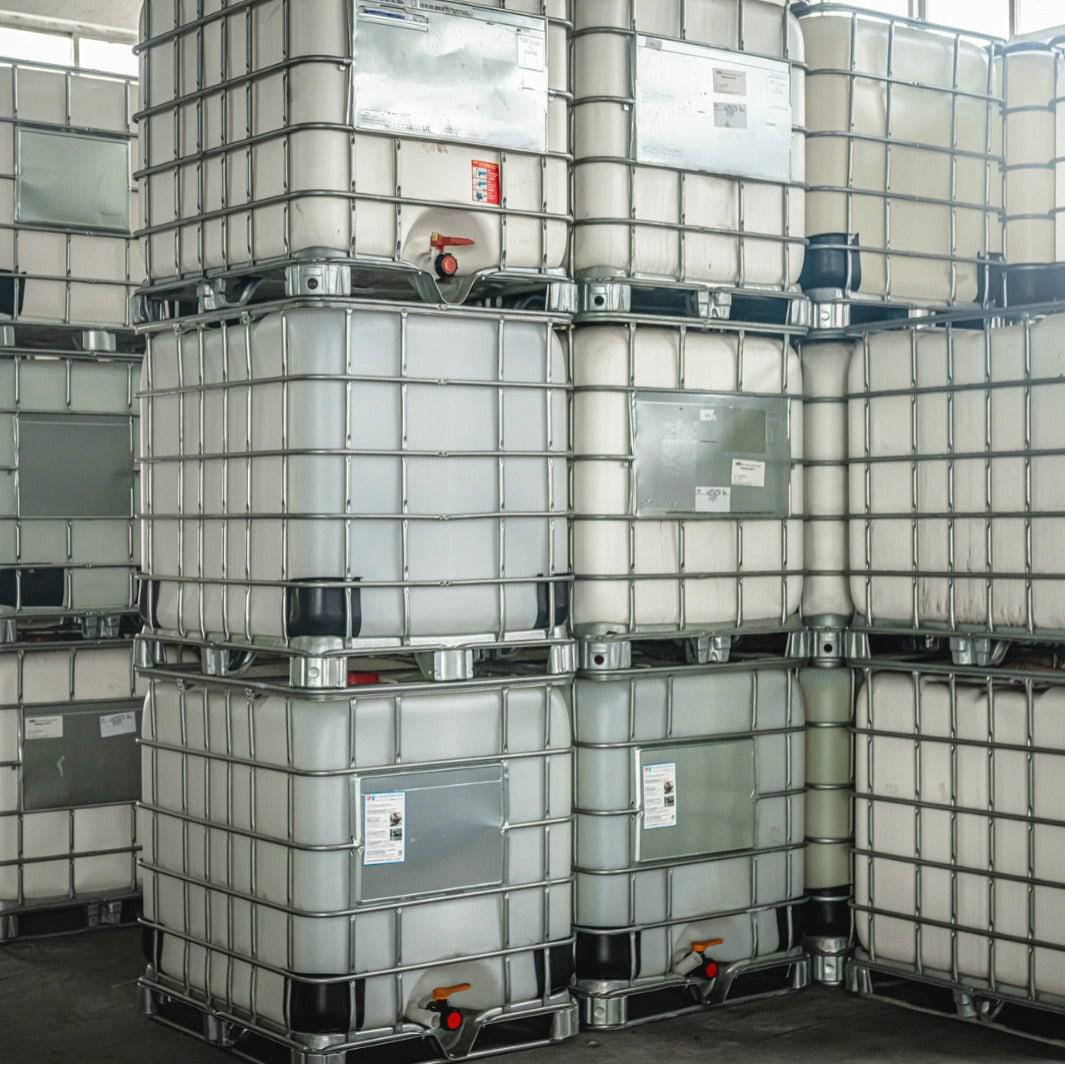The Greatest Guide To Chemie
Table of ContentsThe 6-Minute Rule for ChemieAll About ChemieThe 4-Minute Rule for ChemieOur Chemie DiariesNot known Facts About ChemieChemie - Questions
By Bojanna Shantheyanda, Sreya Dutta, Kevin Coscia and David SchiemerDynalene, Inc. Fluid air conditioning, which can be achieved making use of indirect or direct methods, is made use of in electronic devices applications having thermal power densities that may exceed secure dissipation via air cooling. Indirect liquid air conditioning is where warmth dissipating digital parts are literally divided from the liquid coolant, whereas in instance of straight cooling, the components remain in straight call with the coolant.In indirect air conditioning applications the electric conductivity can be vital if there are leakages and/or spillage of the liquids onto the electronic devices. In the indirect air conditioning applications where water based fluids with deterioration inhibitors are generally used, the electric conductivity of the fluid coolant generally depends upon the ion concentration in the liquid stream.
The increase in the ion concentration in a shut loop liquid stream might take place as a result of ion seeping from metals and nonmetal parts that the coolant fluid touches with. Throughout procedure, the electric conductivity of the liquid may boost to a level which can be harmful for the air conditioning system.
Chemie for Beginners
(https://medium.com/@betteanderson_37015/about)They are grain like polymers that are qualified of trading ions with ions in a service that it touches with. In the here and now work, ion leaching examinations were carried out with different metals and polymers in both ultrapure deionized (DI) water, i.e. water which is dealt with to the greatest degrees of purity, and reduced electrical conductive ethylene glycol/water mixture, with the determined adjustment in conductivity reported in time.
The examples were permitted to equilibrate at room temperature level for two days before recording the preliminary electrical conductivity. In all examinations reported in this research study liquid electric conductivity was measured to a precision of 1% using an Oakton CON 510/CON 6 collection meter which was calibrated before each dimension.
A Biased View of Chemie
from the wall surface heating coils to the center of the heating system. The PTFE example containers were positioned in the heater when stable state temperature levels were gotten to. The examination setup was eliminated from the heating system every 168 hours (7 days), cooled down to area temperature level with the electric conductivity of the liquid measured.
The electric conductivity of the liquid example was kept an eye on for an overall of 5000 hours (208 days). Schematic of the indirect closed loop cooling experiment set-up. Parts utilized in the indirect closed loop cooling down experiment that are in call with the fluid coolant.

7 Easy Facts About Chemie Explained
The modification in fluid electrical conductivity was kept track of for 136 hours. The liquid from the system was collected and kept.

0.1 g of Dowex resin was contributed to 100g of liquid examples that was taken in a separate container. The combination was stirred and alter in the electric conductivity at area temperature was determined every hour. The gauged change in the electrical conductivity of the UP-H2O and EG-LC test liquids having polymer or metal when engaged for 5,000 hours at 80C is revealed Number 3.
The Only Guide to Chemie
Ion seeping experiment: Calculated modification in electric conductivity of water and EG-LC coolants including either polymer or metal examples when submersed for 5,000 hours at 80C. The results show that steels added less ions into the liquids than plastics in both UP-H2O and EG-LC based coolants.
Liquids containing polypropylene and HDPE showed the cheapest electric conductivity changes. This might be because of the short, rigid, direct chains which are less likely to contribute ions than longer branched chains with weak intermolecular forces. Silicone likewise executed well in both test liquids, as polysiloxanes are generally chemically inert as straight from the source a result of the high bond energy of the silicon-oxygen bond which would certainly prevent deterioration of the material into the liquid.
The Basic Principles Of Chemie
It would be expected that PVC would generate comparable results to those of PTFE and HDPE based upon the similar chemical structures of the materials, nonetheless there might be various other pollutants present in the PVC, such as plasticizers, that may impact the electric conductivity of the liquid - high temperature thermal fluid. In addition, chloride teams in PVC can additionally leach right into the test liquid and can create a boost in electrical conductivity
Buna-N rubber and polyurethane revealed signs of destruction and thermal disintegration which suggests that their feasible utility as a gasket or sticky material at greater temperatures might cause application concerns. Polyurethane completely broke down into the test fluid by the end of 5000 hour test. Number 4. Prior to and after images of metal and polymer samples immersed for 5,000 hours at 80C in the ion leaching experiment.
Calculated adjustment in the electric conductivity of UP-H2O coolant as a feature of time with and without resin cartridge in the closed indirect cooling loophole experiment. The gauged modification in electrical conductivity of the UP-H2O for 136 hours with and without ion exchange material in the loophole is displayed in Figure 5.